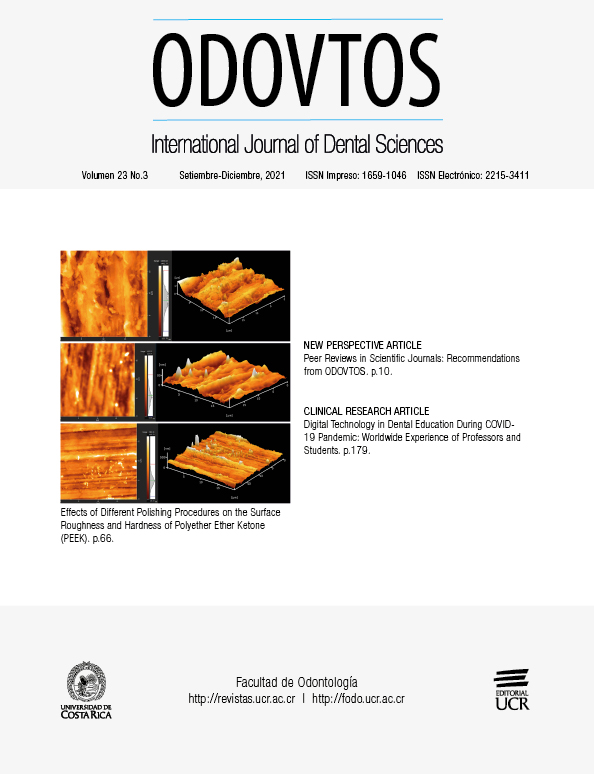Abstract
Palatal fissure is one of the congenital craniofacial malformations with the highest incidence worldwide, which compromises both the aesthetic and functional part, thus altering the vital functions: chewing, phonation, hearing and swallowing. The literature indicates that this anomaly occurs in 25% individually and 50% when associated with the cleft lip. One of the characteristics of these patients is the presence of notable malnutrition, caused by difficulty feeding, because they cannot exert enough pressure to suck breast or bottle milk; In addition, oral-nasal communication will lead to food entering the nostrils, causing regurgitation until possible bronchial aspiration. Given this problem, it is necessary to use an acrylic device capable of momentarily sealing the palatal fissure, in order to prevent the diversion of food and restore the sucking reflex in the infant. The objective of this study is to determine the effectiveness of the Three-dimensional Cleft Palate Shutter in a pediatric patient who attended the National Foundation of Maxillofacial Rehabilitation (FUNARMAF) in June 2019. The methodological design corresponds to an analytical – synthetic study since it was based on the analysis of a single case of a 5-month-old female patient, with a Unilateral Palatal Fissure (right), giving her the treatment. Results show that a closure of the oral-nasal communication was obtained, re-establishing the suction reflex. In all, it was observed that the use of this device is effective in patients with lip-palatal fissure since it acts as an adjuvant in breastfeeding and feeding the baby.

